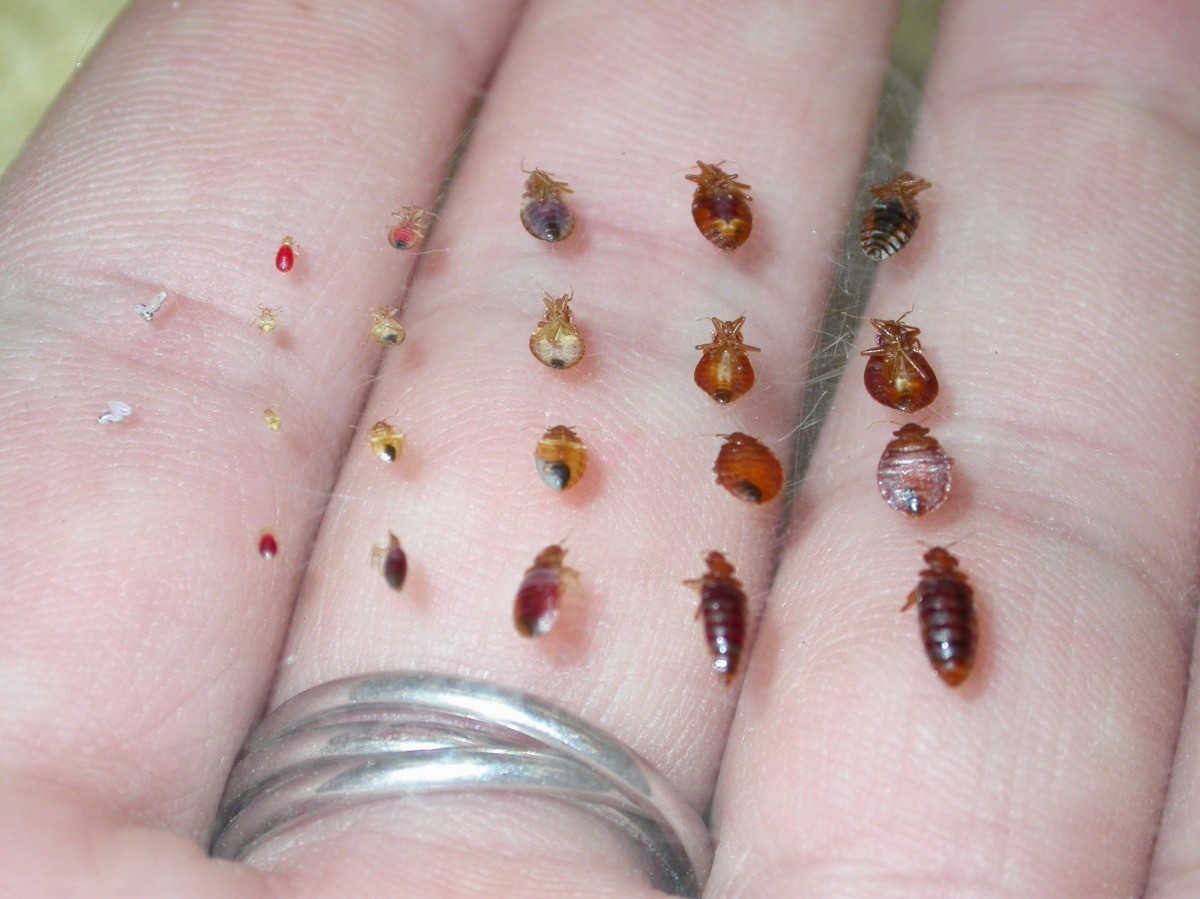

Commonly caused by Phytophthora fungus, this disease is marked by leaf wilt, and yellowing fronds. Root rot is common in sagos that have been planted improperly, and those that are receiving too much water. It’s important to act quickly if you notice signs of fungal disease, particularly if you have other cycads or true palms growing in the area, to avoid spread throughout your yard. Read more about identifying and combating sooty mold here. Get rid of any scale insects that have taken up residence, and then clean the fronds thoroughly. We’re happy to say that we couldn’t find photographic evidence of any on the sago palms currently.Ī heavy coating of sooty mold can prevent life-giving light from getting through to the leaves, interfering with photosynthesis and further damaging the health of your cycads. Sooty mold and scale insects on a citrus tree. If you’ve determined that yours are beyond treatment, pest-ridden and diseased plants should be removed and properly disposed of in sealed bags with your household trash (not thrown on the compost heap) to avoid spread to the rest of your garden. On the other hand, heavily infested plants may die. Once you’ve gotten rid of the pests that introduce it to your landscape, it can be washed off your sagos. Sooty mold is a fungus that looks like black soot. Read more about identifying and controlling scale insects here. Maintaining good weeding practices around the base of your plants is also a good idea, to keep unwanted insect visitors to a minimum. Keep in mind that even after they are dead, these pests will often continue to cling to leaves, sometimes making it difficult to determine whether you have a new infestation on your hands.Įmploying integrative pest management practices in your garden is an excellent way to prevent future problems from arising, track and keep an eye on unwanted visitors, and control their effect on your plants. Though they may appear to be tiny flecks of cotton fluff or squirrel dandruff at first glance, mealybugs really do look like insects close up. While the Asian cycad scale insects will commonly set up shop on the underside of fronds first, false oleander scale bugs apparently prefer to dine right-side up, on the surface of leaves. Like aphids, these bugs excrete what’s known as honeydew, which can encourage the growth of sooty mold.Īsian cycad scale ( Aulacaspis yasumatsui) and false oleander scale ( Pseudaulacaspis cockerelli) are the most common pests of this type known to plague cycads. They appear as soft, white flecks, barely resembling insects at all when viewed with the naked eye, like those pictured above. Mealybugs are another type of scale insect, with soft bodies rather than hard external armor. And they will suck sap from your plants, depriving them of nutrients. The bugs known as scale are flat, oval insects that thrive in warm and dry environments. Read more about beneficial insects and what they can do for your garden here. In Florida, Cybocephalus nipponicus, the scale picnic beetle, and Coccobius fulvus, a type of parasitic wasp, have been introduced to help combat Asian cycad scale. Natural predators like lacewings and ladybugs can help to take care of scale insects as well. Organic Laboratories Organocide 3-in-1 Garden Spray It’s a nature-safe organic combination insecticide and fungicide, made of sesame oil, fish oil, and other ingredients that are safe for use around pets and children, and that won’t harm the bees. Organocide is another product that is often recommended to combat these pests. Garden Safe Insecticidal Soap Insect Killer, 2-Pack Insecticides like malathion have also been used with some success. revoluta is susceptible to scale, which can be managed by hand picking, blasting the affected areas with water to wash the invaders away, or by applying a horicultural oil or insecticidal soap.īonide All-Seasons Horticultural Oil Spray, 32 Fl.


 0 kommentar(er)
0 kommentar(er)
